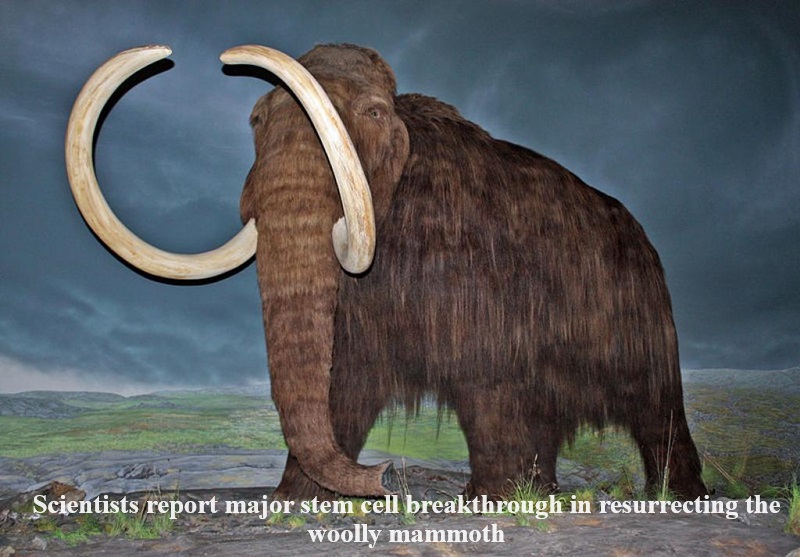
Colossal Biosciences, a company specializing in de-extinction, has made a significant breakthrough in stem cell research concerning elephants, potentially advancing efforts to resurrect the long-extinct woolly mammoth.
The Woolly Mammoth team at Colossal has revealed a groundbreaking achievement: the successful derivation of induced pluripotent stem cells (iPSCs) from Asian elephants (Elephas maximus), as stated in a communication to Live Science. iPSCs represent reprogrammed cells with the remarkable capacity to differentiate into any cell type within the body, offering researchers a means to investigate woolly mammoth traits and conduct gene editing experiments without causing harm to extant animals.
Eriona Hysolli, head of biological sciences and leader of the mammoth project at Colossal Biosciences, underscored the significance of these stem cells, noting their potential to unveil the cellular and genetic underpinnings of pivotal traits that facilitated the survival of woolly mammoths in Arctic environments. These characteristics encompass attributes such as dense fur, curved tusks, adipose tissue distribution, and a distinctive cranial morphology.
Furthermore, the development of elephant iPSCs presents an avenue towards the creation of sperm and egg cells from elephants in laboratory settings, a crucial prerequisite for the de-extinction of mammoths.
Previously, the acquisition of elephant iPSCs posed challenges due to their unique genetic pathways, distinct from those of other species. Researchers surmounted this obstacle by targeting core genes, specifically TP53, responsible for regulating cell proliferation and preventing unrestricted cell division, elucidated Hysolli.

Post Your Comments